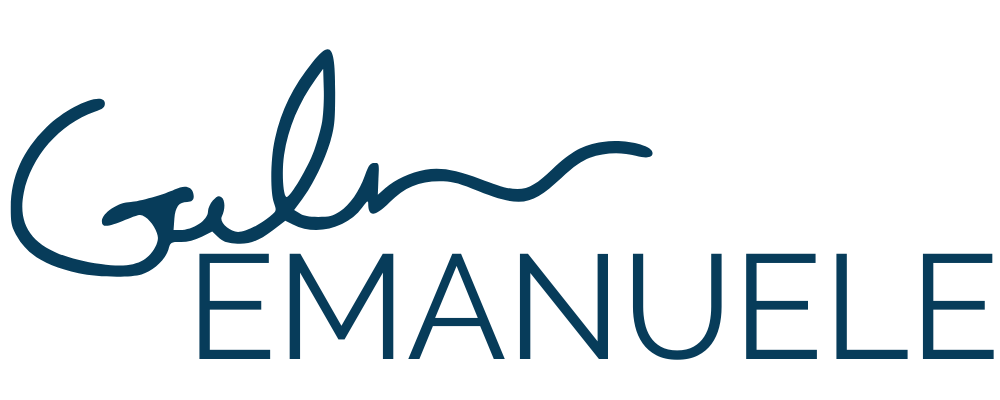Diversity & Inclusion: The Value of Diverse Perspectives
Welcome to the #culturedrop (previously the #shiftyestribe). Every Tuesday, Galen Emanuele emails tools to advance leadership skills, team culture, and personal growth. No spam, just great content. Sign up now to get it in your inbox.
We're touching only the tip of the iceberg on Diversity & Inclusion this week. I’m going to talk about just one aspect of it which is the immense value of having different and diverse voices and perspectives on teams and in conversations.
When you have more voices in the room and at the table, it allows you to gain a broader perspective, address challenges, and see solutions from various angles. This pertains of course to gender, race, age, experience level, industry, seniority, etc. When you include voices that are different than yours, you'll solve challenges and have more shared success with fresh, eager eyes.
A great example of this in hiring. We’ll use a mock situation of a higher education institution looking to fill a role, and having a preference to hire from within the industry (higher education) versus bringing someone in from the retail world, for example.
“When companies exclusively hire people within their own industry, they miss out on a fresh new perspective and approach to addressing and solving challenges and problems.”
When companies exclusively hire people within their own industry, they miss out on fresh new perspectives and approaches to addressing and solving challenges and problems.
The person who comes in with experience in the retail industry may bring a whole handful of ideas, solutions, or systems that are unique to how those challenges have ever been addressed by your team in the past. And they might be a complete game changer.
*Clarification here. I am not saying it’s inherently bad to hire from within your industry. I’m also not saying it’s always a good move to hire from another industry. I am saying that when looking at these choices it’s an important factor to consider and be aware of. This is just one example of how diversity in experience, background, and thought might seem like a disadvantage or weakness but in reality may turn out to be a huge benefit to you and your team.
Another aspect of this conversation is when it comes to marketing or selling to, catering to, creating products for, or working with a specific population of people as a team or organization.
It’s a really smart and fruitful idea to make sure the population or demographic that you are trying to reach, or communicate with, or serve is one that you understand as thoroughly as possible. I’m sure it won’t surprise you then to hear me say that you should be making sure that whatever population or demographic that is, you’re asking them and including their voice and perspective in the conversation.
Don’t guess what people want or how they think or will respond to something. Actively find out, include them.
Diversity inside teams and organizations gives them their strength. These are just two small examples of how diversity and inclusion can make teams and organizations stronger and more successful. We’re going to be covering this topic all month on the #shiftyestribe. Keep tuned in as we unpack many important benefits and angles to D&I and why it’s so critical for companies to be having conversations and taking action around this work.
This article was created by Galen Emanuele for the #culturedrop (previously the #shiftyestribe). Free leadership and team culture content in less than 5 minutes a week. Check out the rest of this month's content and subscribe to the Culture Drop at https://bit.ly/culturedrop




